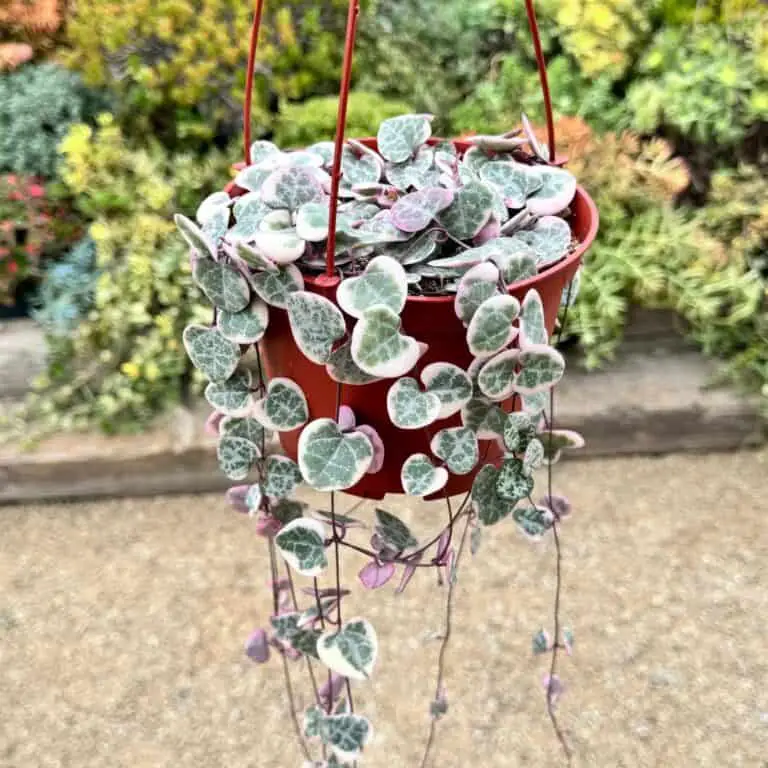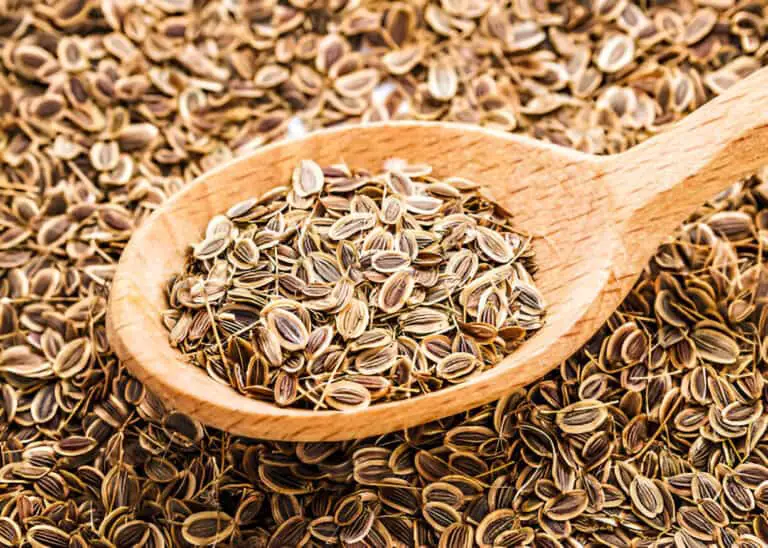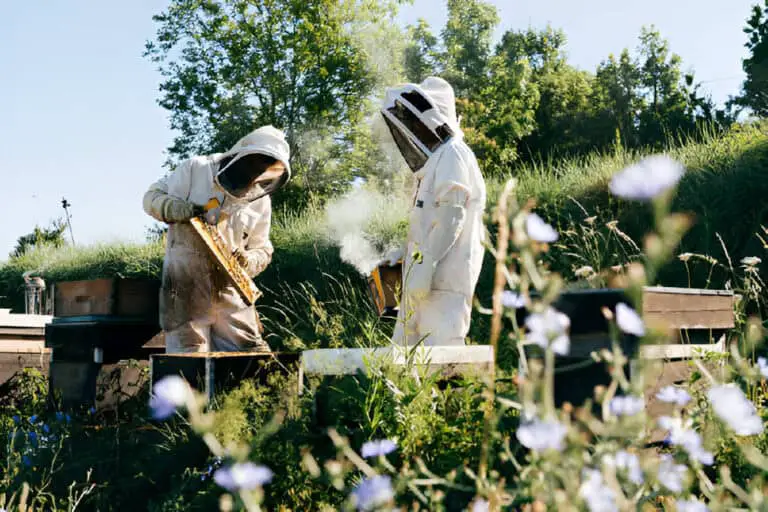Should You Soak Zinnia Seeds Before Planting? Does It Really Make a Difference?
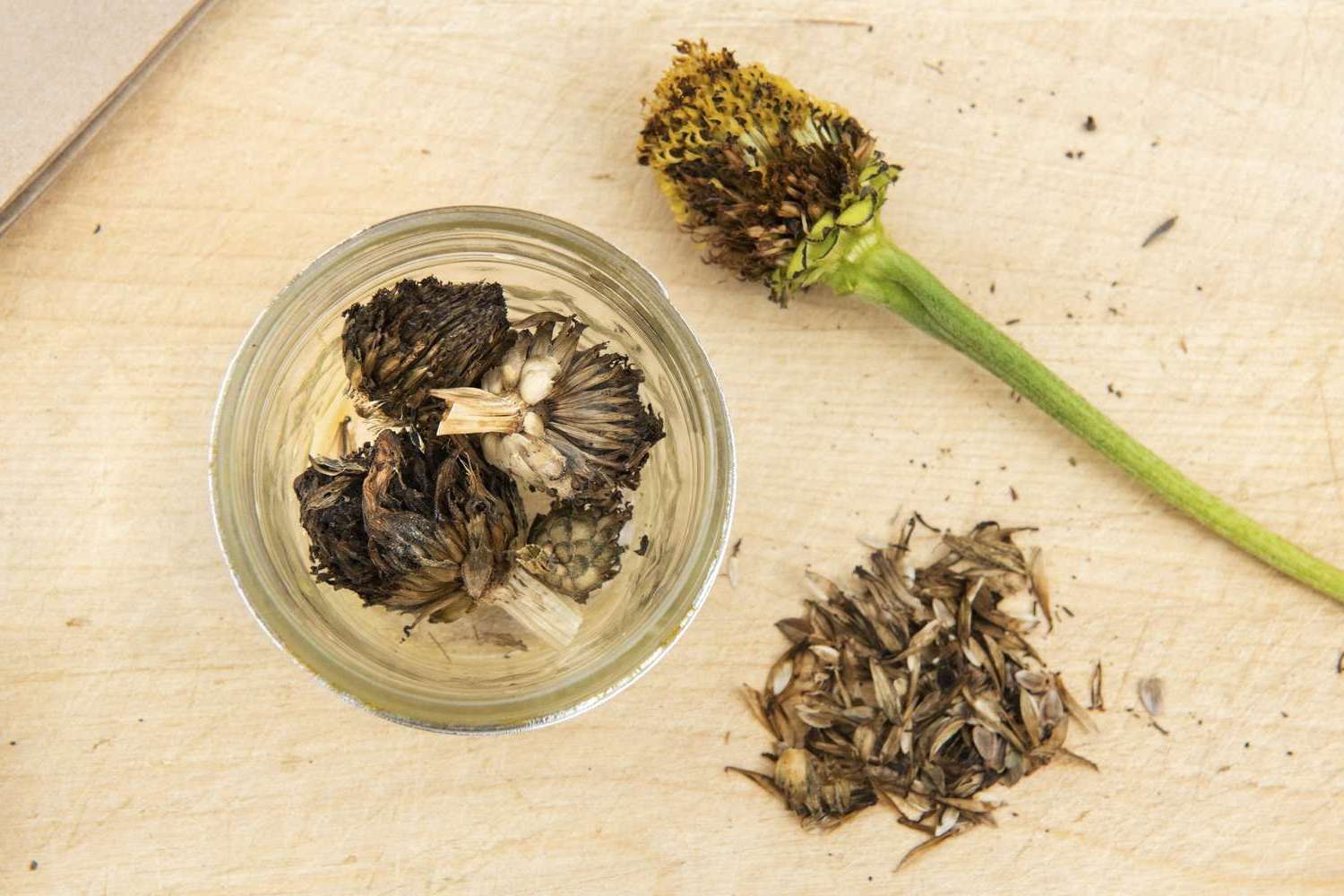
When I first started gardening, zinnias quickly became one of my favorite flowers. Their vibrant colors and easy-going nature made them the perfect choice for a beginner like me. But as I grew more curious (and maybe a bit impatient), I wondered if I could speed things up.
Enter the debate: should you soak zinnia seeds before planting? Some gardeners swear by it, while others say it’s unnecessary. So, I decided to get my hands dirty—literally—and find out for myself if soaking those seeds actually makes a difference.
The Short Answer: Soaking Zinnia Seeds—Yes or No?
Let’s cut to the chase. Soaking zinnia seeds isn’t strictly necessary, but it can give you a slight edge. Zinnia seeds are naturally tough, and a quick soak can help soften their outer layer, making it easier for the seedling to break through. It’s like giving them a head start in a marathon, but they’ll finish the race just fine without it.
So Why Do People Soak Seeds?
Seeds, in general, are like little time capsules, waiting for the perfect conditions to spring to life. Soaking is a trick that mimics nature’s way of saying, “Hey, it’s time to grow!” When seeds hit moisture, they begin to rehydrate, which softens the seed coat and jump-starts germination.
While some seeds absolutely need soaking, like sweet peas or nasturtiums with their super thick coats, zinnias aren’t quite as demanding. Think of it like soaking a tough steak in a marinade—it helps, but it’s not always necessary.
My Personal Experience With Soaking Zinnia Seeds
I’ll admit, I’m the kind of gardener who likes to experiment. So, one spring, I did a little side-by-side trial. I soaked half of my zinnia seeds and planted the other half straight from the packet. Here’s what happened.
The Soaking Process: Quick and Easy
Soaking seeds doesn’t have to be complicated. Here’s what I did:
- Fill a bowl with lukewarm water. I prefer lukewarm water because it helps to gently wake up the seeds, much like how a warm shower wakes me up in the morning.
- Drop the seeds in. I let them soak for about 4-6 hours. Some gardeners soak seeds overnight, but I found a shorter time worked just as well for zinnias.
- Drain and dry. After soaking, I drained the water and gently patted the seeds dry with a paper towel before planting zinnias directly in the soil.
The Results: Soaked vs. Unsoaked Seeds
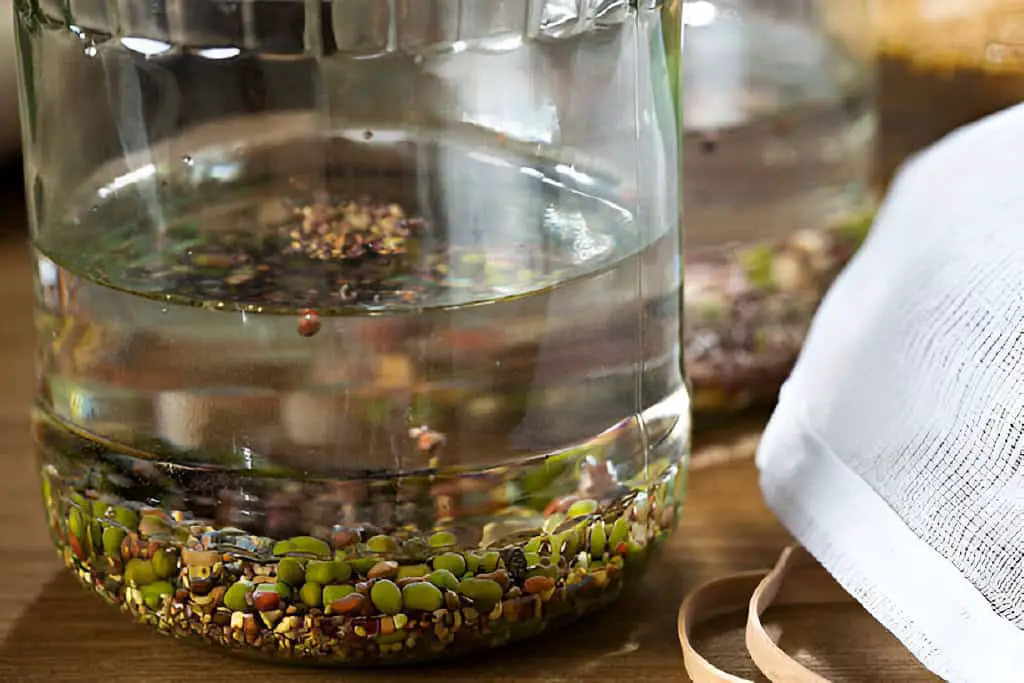
Now, here’s where things got interesting. After a week or so, I noticed the soaked seeds sprouted slightly faster than the unsoaked ones. We’re talking a day or two earlier—not a dramatic difference, but enough to catch my attention. Over time, though, both the soaked and unsoaked seeds grew into healthy zinnia plants.
For me, the verdict was clear: soaking helped with faster germination, but it wasn’t a game-changer in the long run. Zinnias are resilient plants, and they’ll grow just fine either way.
A Handy Comparison Table
Let’s break it down with a quick comparison table of soaked vs. unsoaked zinnia seeds based on my personal experience.
| Aspect | Soaked Zinnia Seeds | Unsoaked Zinnia Seeds |
| Germination Time | 5-7 days | 6-9 days |
| Ease of Planting | Slightly softer, easier to handle | No difference, still easy to plant |
| Plant Health | Healthy, strong plants | Equally healthy, strong plants |
| Overall Impact | Faster germination, no long-term impact | Slightly slower start, same outcome |
When Should You Consider Soaking Zinnia Seeds?
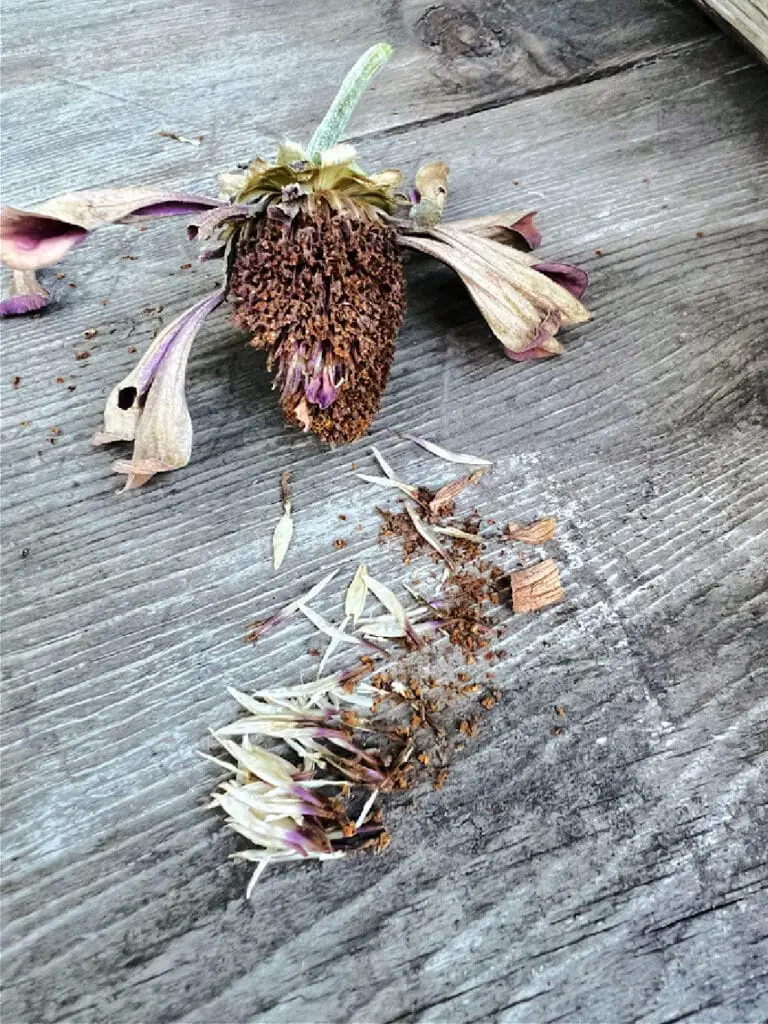
While soaking zinnia seeds isn’t necessary, there are a few scenarios where it might be worth considering:
1. Short Growing Season
If you live in an area with a short growing season (hello, northern climates!), soaking zinnia seeds could give you that extra jumpstart you need. The quicker the seeds sprout, the faster you’ll have blooming flowers before the first frost hits.
2. Poor Soil or Growing Conditions
If your soil is on the tough or dry side, soaking can help ensure that the seeds get enough moisture right off the bat. This could make a difference in getting the seedlings established when conditions aren’t ideal.
3. Impatient Gardener Syndrome
Let’s face it, sometimes we just can’t wait to see those little green sprouts break through the soil. If you’re like me and want to speed up the process, soaking your seeds might scratch that itch.
4. Older Seeds
If you’re planting zinnia seeds that have been sitting in the back of your gardening drawer for a while, soaking can help refresh them. Old seeds can sometimes have tougher coats, so a little soak can increase your germination success rate.
| Also read: Soaking Lavender Seeds Before Planting |
My Soaking Method: How to Do It Right
If you’ve decided to give soaking a try, here’s how I do it—easy as pie and not time-consuming at all.
1. Choose Your Seeds
Pick out the zinnia seeds you want to soak. If you’re feeling fancy, try a few different varieties. Zinnias come in all shapes and sizes, and mixing them up makes for a stunning garden display.
2. Use Lukewarm Water
I recommend using lukewarm water for soaking seeds. It’s kind of like giving them a cozy bath to soften them up, without shocking them with cold water.
3. Time It Right
Let your seeds soak for 4-6 hours. You don’t want to overdo it and drown the seeds, but you want enough time to soften the coat and prep them for planting.
4. Dry Before Planting
Once the soaking is done, don’t forget to drain the seeds and let them dry a little before planting them. Wet seeds can clump together, making planting messy.
My Soaking Process in a Nutshell
| Step | Action |
| 1. Select Seeds | Pick your zinnia seeds |
| 2. Add Water | Soak seeds in lukewarm water |
| 3. Time it | Soak for 4-6 hours |
| 4. Drain & Dry | Dry the seeds before planting |
Alternatives to Soaking Zinnia Seeds
If you don’t feel like soaking your zinnia seeds, no worries! There are other ways to give them a little boost without soaking:
1. Scarification
This sounds fancy, but it’s simple. You gently rub the seeds with a piece of sandpaper to thin the outer coating. This allows moisture to penetrate more easily once the seeds are in the soil. Think of it like taking a shortcut on a road trip—you get to your destination a little faster.
2. Pre-Sprouting
Another method I’ve tried is pre-sprouting seeds before planting. Lay them between damp paper towels and place them in a plastic bag. After a few days, you’ll see little sprouts starting to emerge. Then, plant them directly in the soil. This method takes a bit more babysitting but gives you a good start.
| Read: Discover If Soaking Radish Seeds Boosts Your Yield! |
Soaking Zinnia Seeds: The Bottom Line
So, should you soak zinnia seeds before planting? In my experience, it’s not necessary, but it doesn’t hurt either. A quick soak can be a helpful trick if you want to see results a little faster or deal with tough growing conditions. But if you’re not in a rush or simply want to toss those seeds into the garden, you’ll still get a garden full of gorgeous zinnias.
In the end, gardening is all about finding what works best for you. Whether you soak, scarify, or plant your seeds directly, the result will still be the same: a beautiful, blooming garden full of life. So, grab your seeds, make a plan, and enjoy the process. As I’ve learned, there’s more than one way to grow a garden—and all roads lead to flowers.

